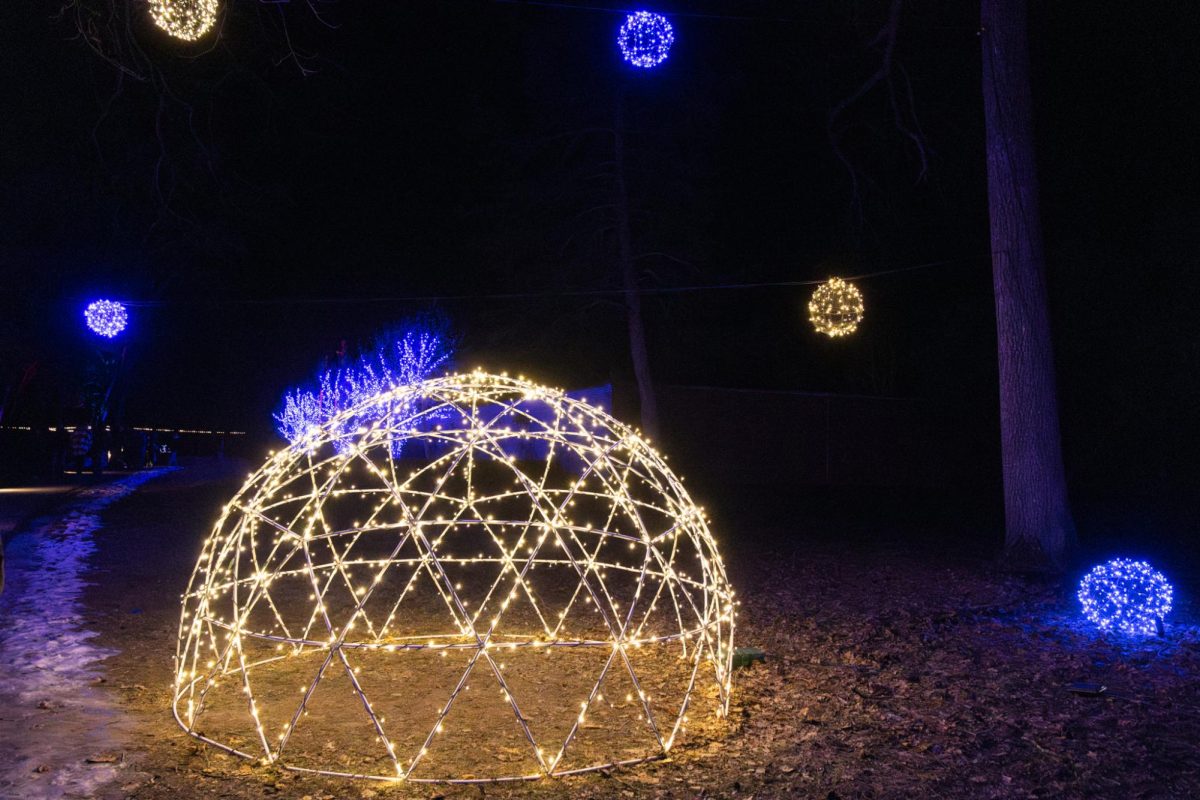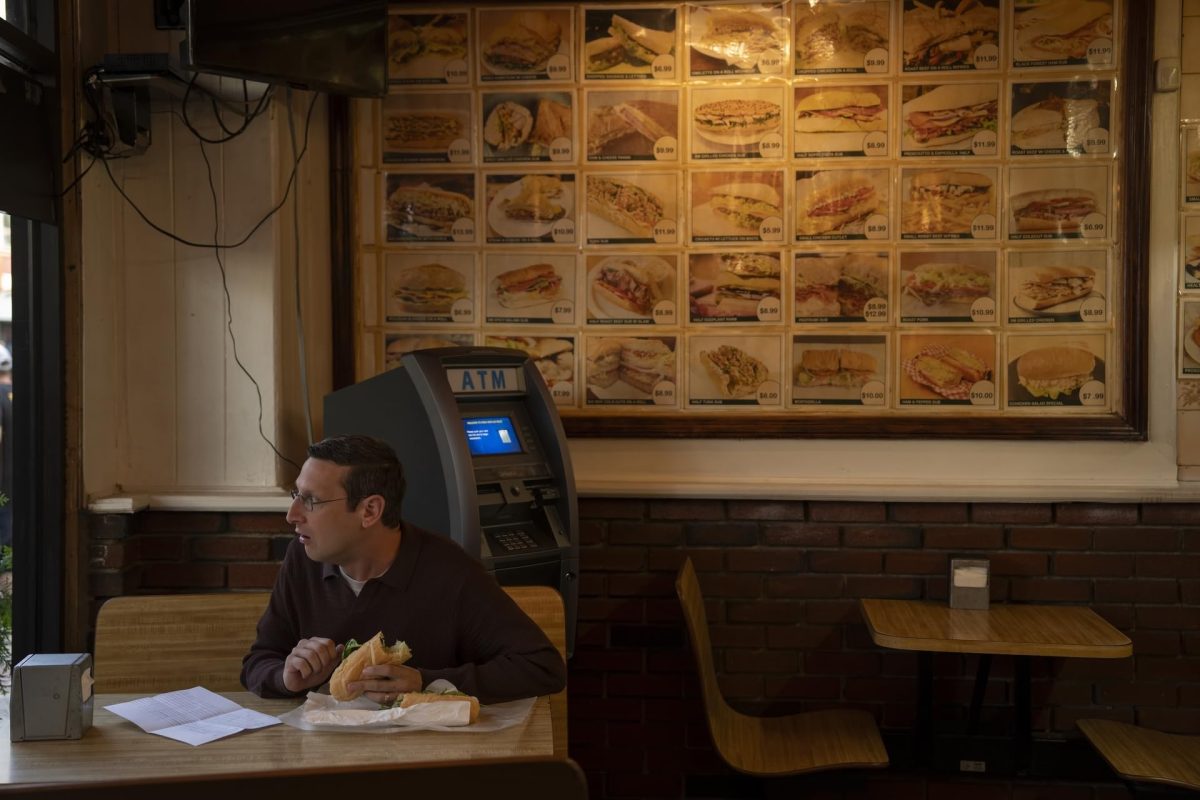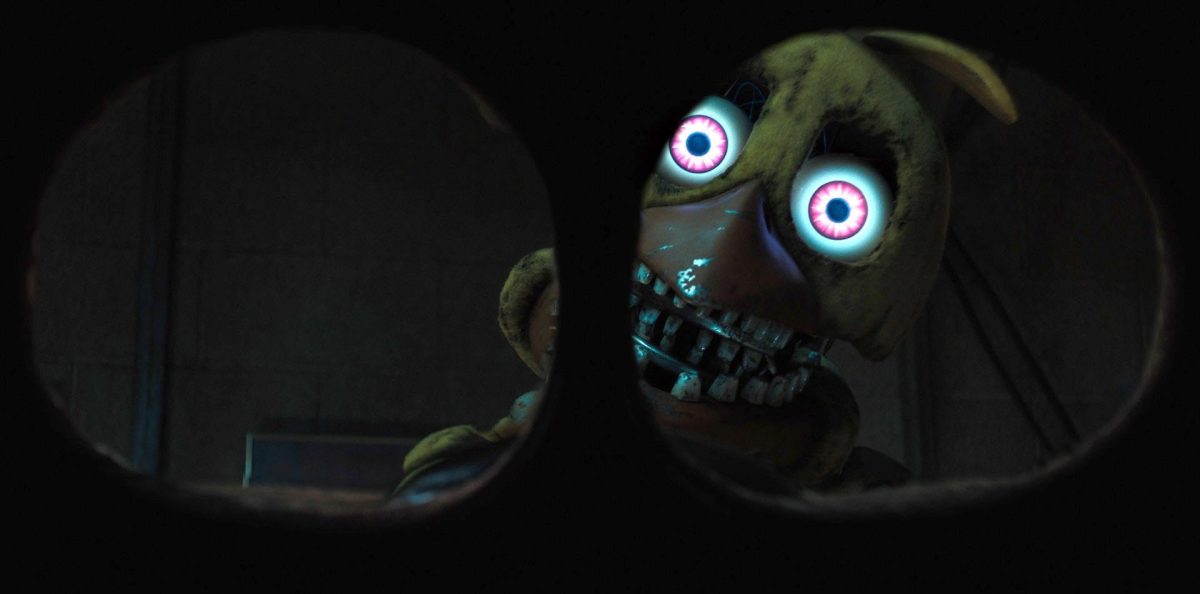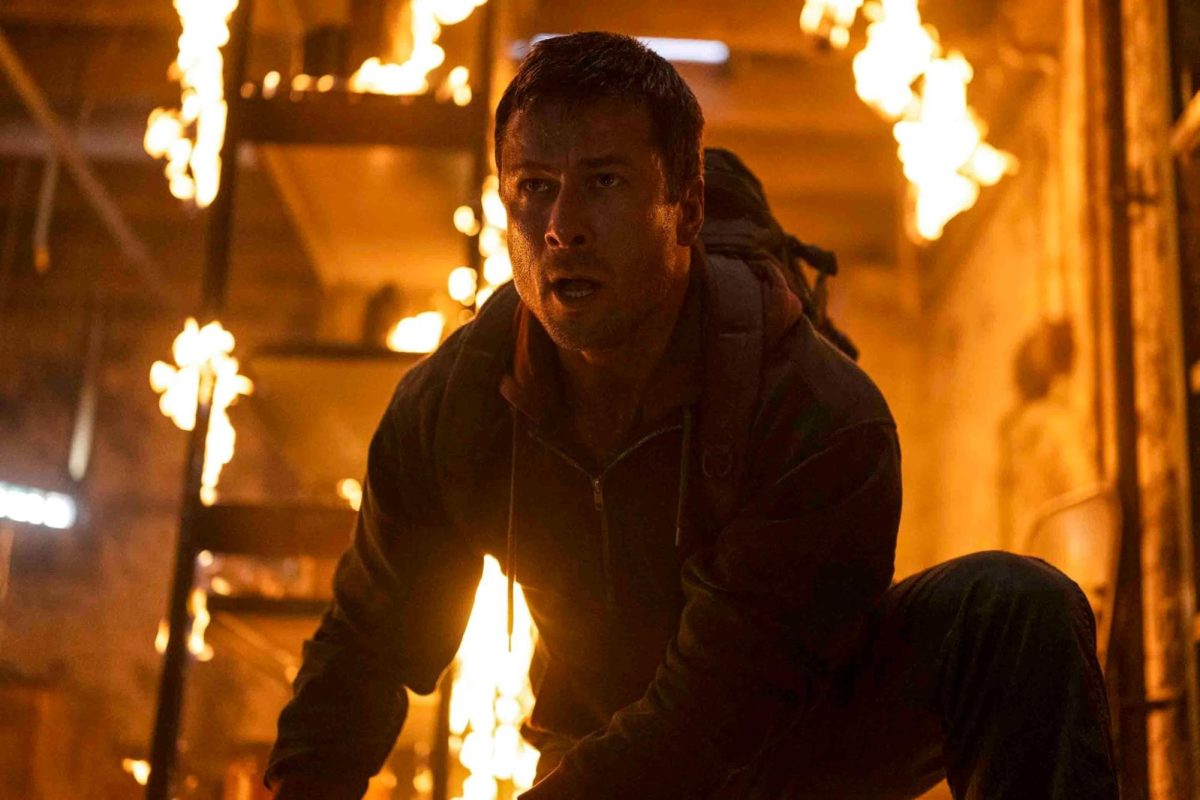Rating: 9/10
Animation has begun a new renaissance. When animators worked in the 1940s, they utilized individually photographed hand-drawn cels for each frame.
As computers improved in power and quality, studios quickly switched to digital art, which made the work faster and easier but resulted in less homemade art. 3D animation took this a step further, with plasticky textures and stiff movements gracing earlier films of the genre.
“The Wild Robot” returns to animation’s roots and does it stunningly. The movie uses a painted style to create a picture book-like quality that matches the novel’s theme and plot.
Get The Daily Illini in your inbox!
Set in a distant future with advanced technology, the film follows Roz (Lupita Nyong’o), a robot stranded on a small, densely forested island. After failing to establish communication with her world, she finds herself caring for Brightbill (Kit Connor), a young goose whose parents were killed by Roz in an accident.
The film’s voice acting consists of a star-studded cast filled with new and old arrivals to Hollywood. Pedro Pascal voices Fink, a fox who slowly begins to care about the citizens of the forest he once hated.
Catherine O’Hara performs as a possum named Pinktail, and Matt Berry is a beaver named Paddler, both providing more comedy and warmth to the film.
While all play their parts well, Nyong’o is a clear standout. Roz starts the movie with a stilted and mechanical tone, but as she becomes more of an individual, her voice changes to a softer fluidity. Nyong’o matches this energy exceptionally well throughout the film, making Roz seem like a robot truly discovering her individuality.
The art style of the movie matches this change as well. Chris Sanders, the film’s director, said in an interview with Vulture that “Roz deliberately arrives on the island as a CG element.”
As the film progresses, Roz’s transition into a wild robot is mirrored by her visual transition. She gains more painted scrapes and marks and is even given a wooden prosthetic by Paddler.
The animators are constantly utilizing the painted art style of the film in ways like this. Only the animals are detailed; Everything else is like an impressionist painting, made of minute, untamed brush marks that muddle together into a charming picture.
One of the best scenes in the movie creatively utilizes this aspect. While capturing a high-energy flight of geese, the film cuts between close and wide shots. Rather than attempting to stay detailed, the geese become small brown marks on the wider frames, like birds on a zoomed-out landscape. It’s incredibly innovative and maintains the film’s hallmark style.
The film’s story is adapted from a novel of the same name, so it naturally follows a plot meant for children. At times, the movie becomes a deep cliche. Close to 30 minutes in is devoted to Brightbill’s journey of learning to fly, and it’s filled with inspirational quotes and montages of hard work.
It starkly contrasts with earlier in the film, where a battered Roz demonstrates the island’s brutal nature by the wildlife and the world. A kid’s movie doesn’t have to be realistic but can stay consistent.
Although the movie ends with a cliche — the animals’ love for each other helps save their island — it’s presented with dynamo and warmth that is hard to be upset over.
“The Wild Robot” doesn’t represent what animation should be. Animation is more than loving, sappy kid’s stories.
The film represents what animation can be: innovative mediums that can freely change and adapt to their fullest potential. As long as filmmakers discover new ways to portray their stories, movies like “The Wild Robot” can better the genre.










